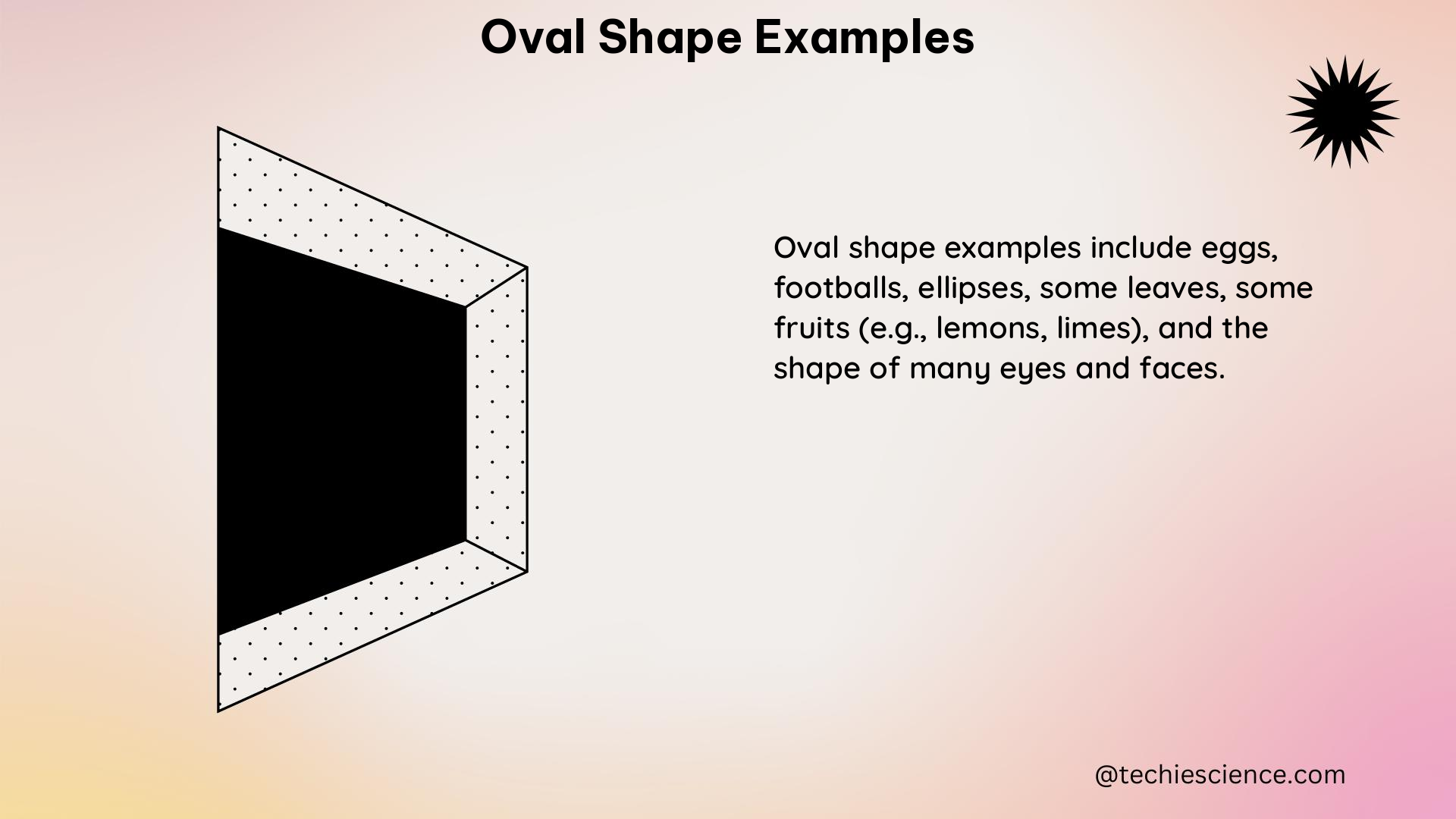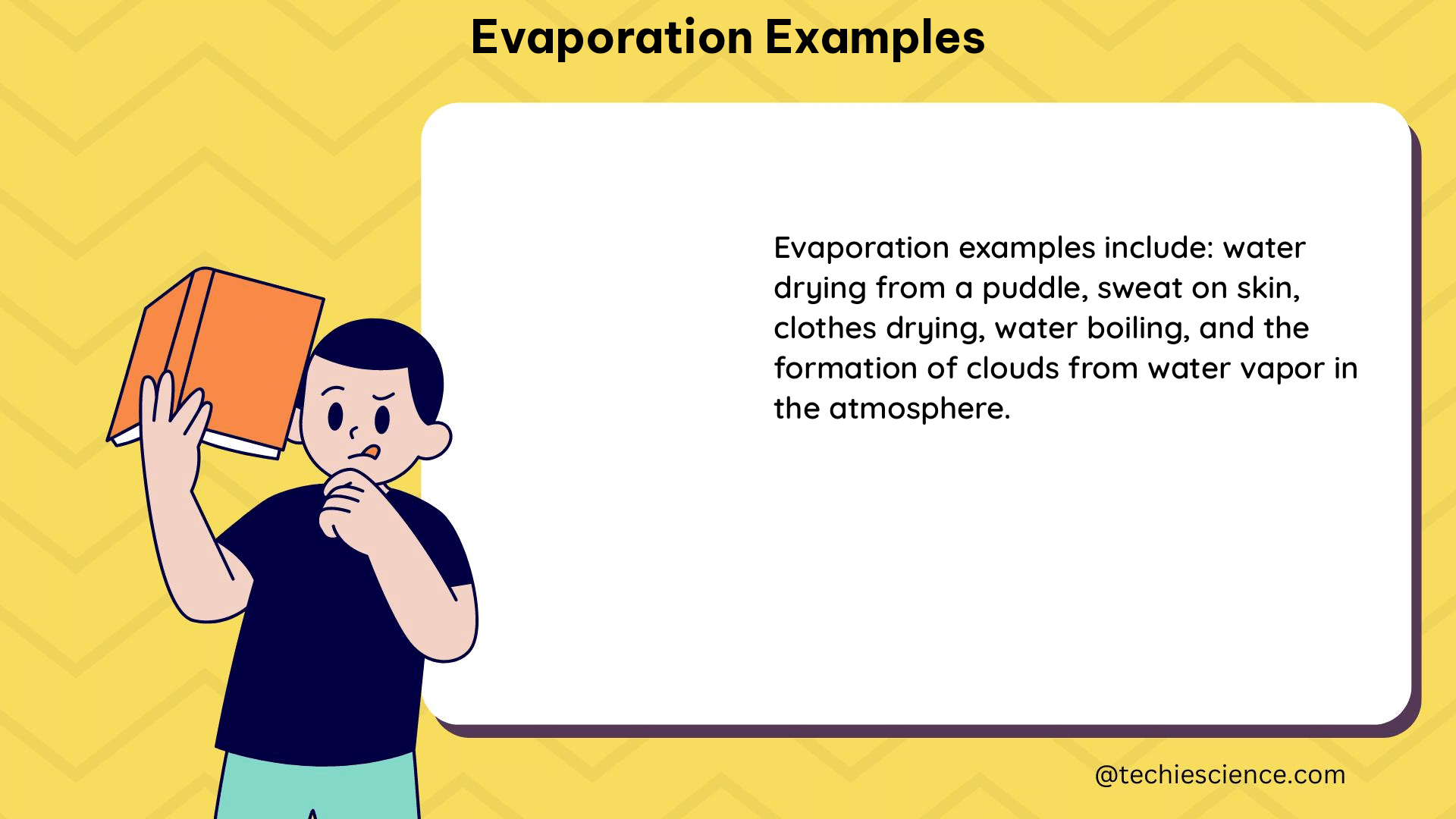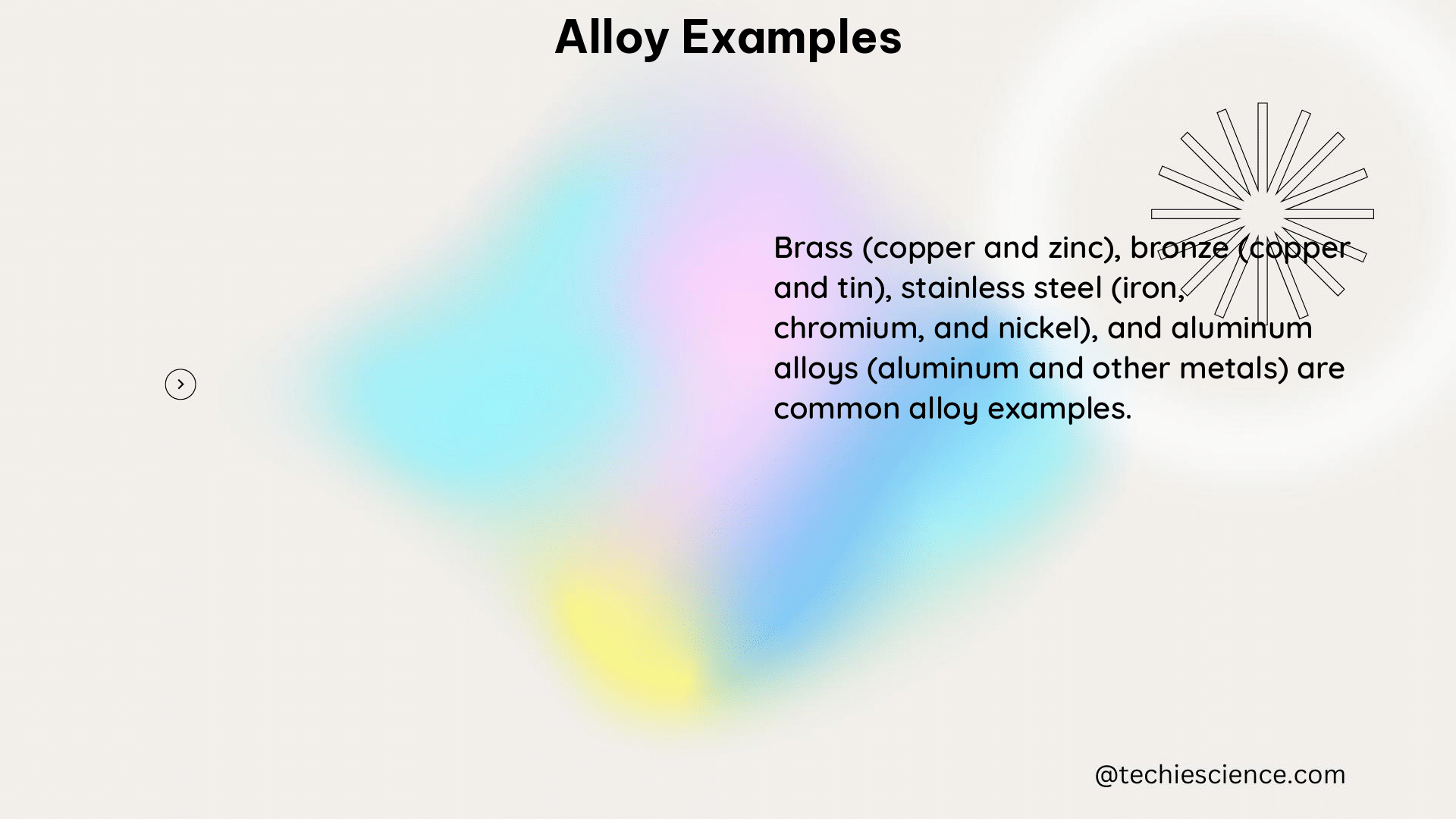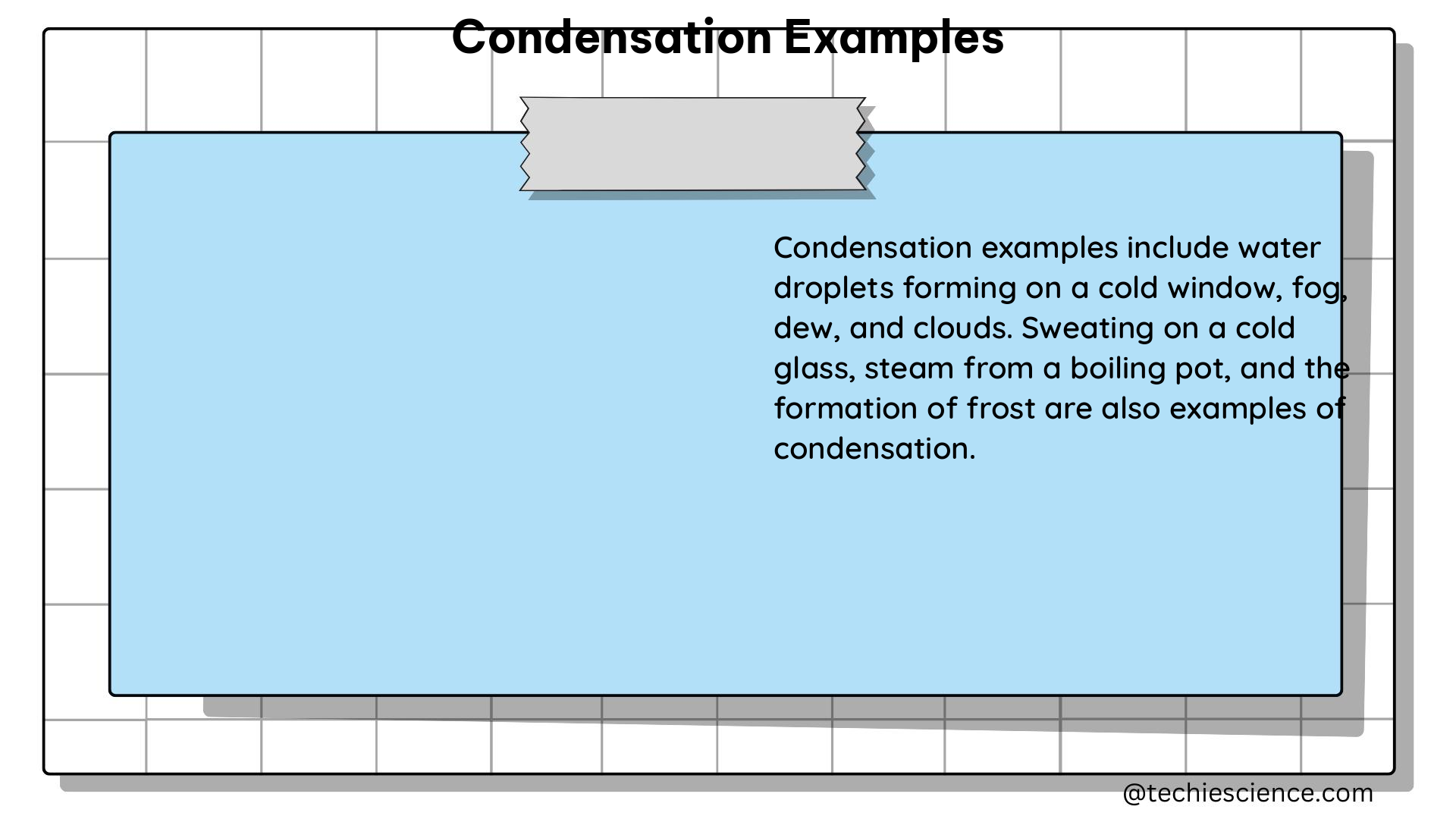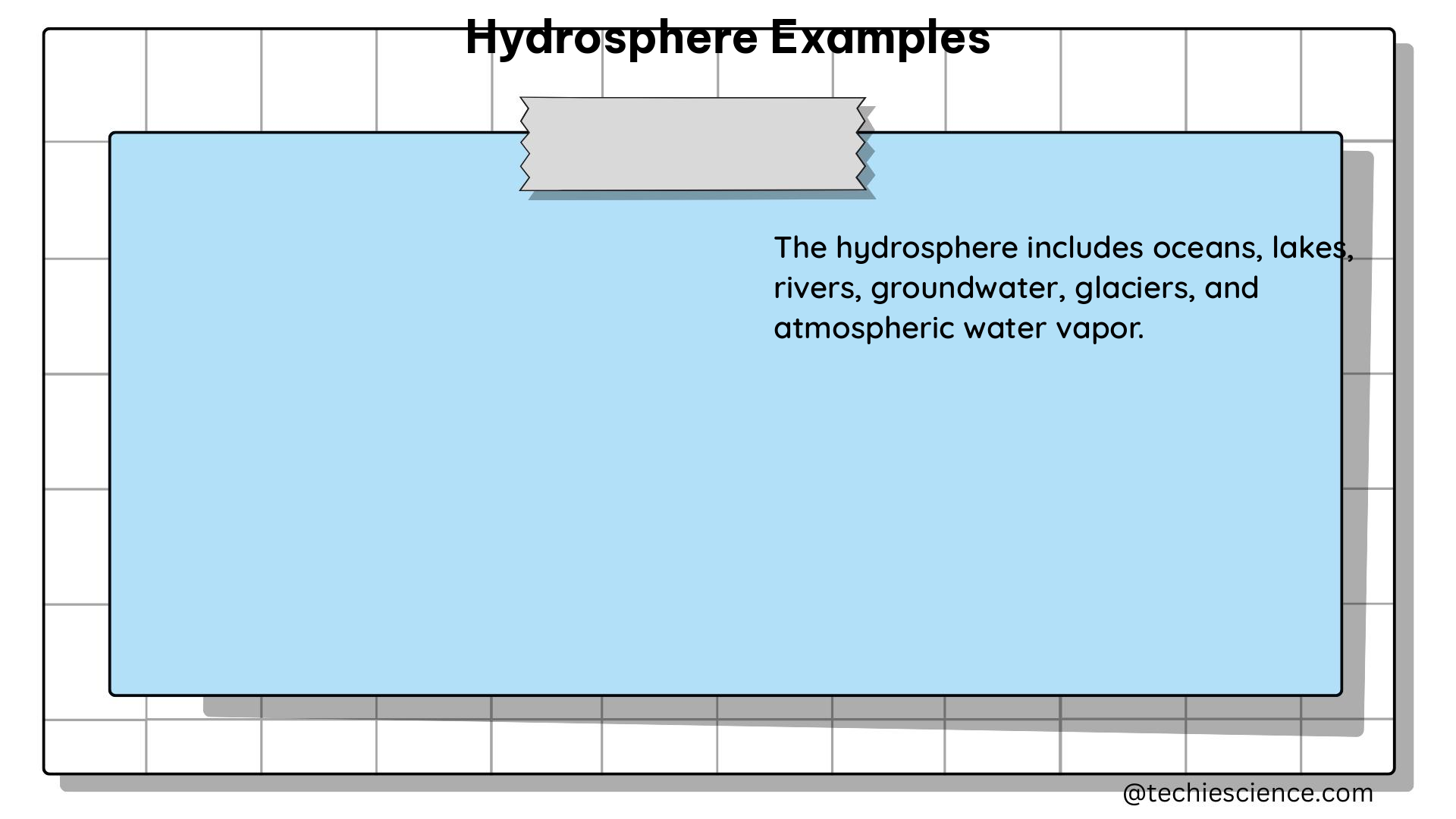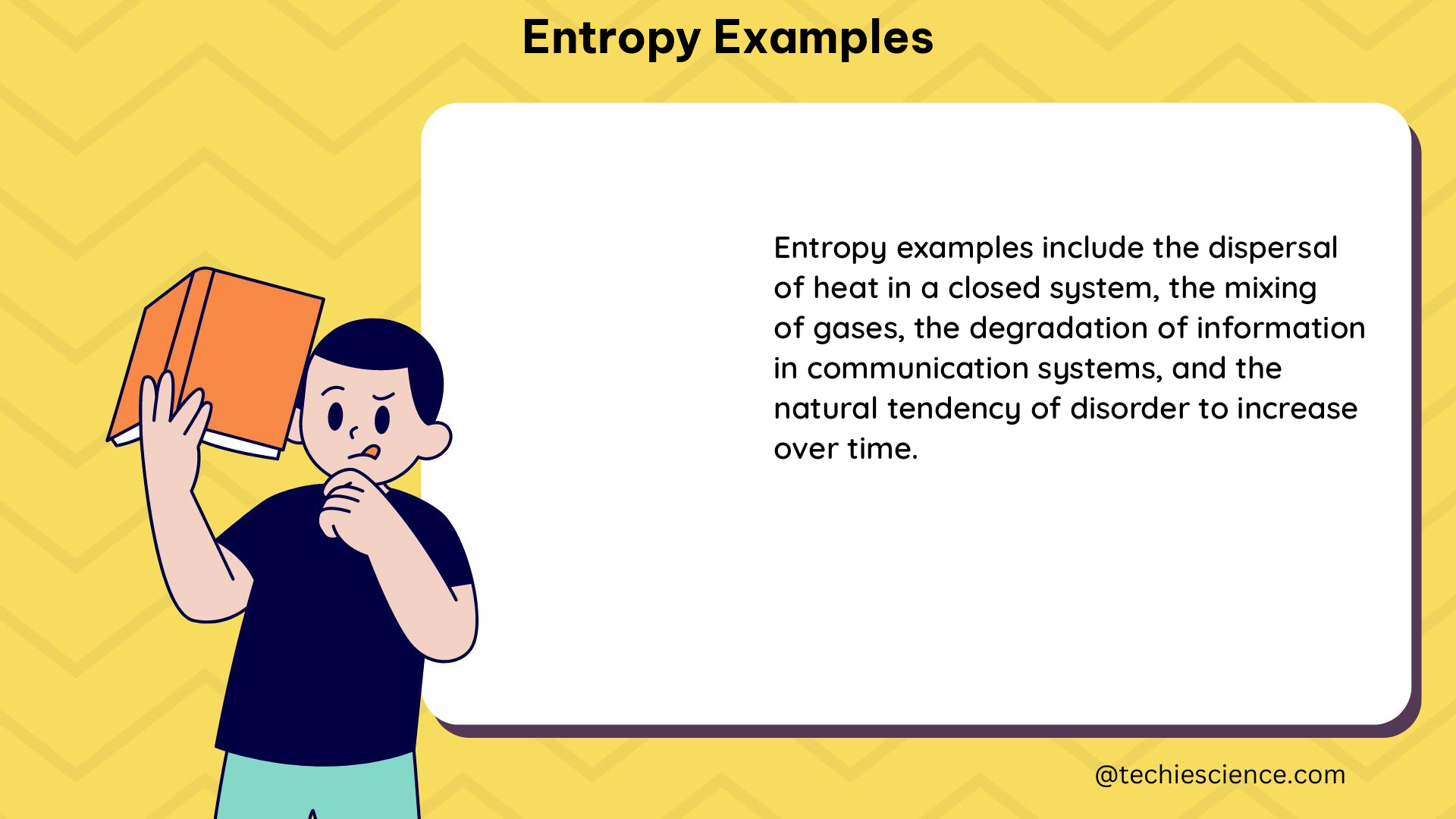So, what are polar covalent bond examples ? A polar covalent bond is formed when atoms which are having different electronegativities and share electrons between them. Lets have a look at some of them :
Some polar covalent bond examples are discussed below :
Nitrosyl Chloride (NOCl)
Its synonym is Tilden’s regent.
Preparation
- The above compound can be (industrially) prepared by the reaction between Hydrochloric acid and nitrosulphuric acid.

- One more method of preparation (considered to be one of the most convenient methods) is dehydration (of nitrous acid) using HCL.

- By combining (direct) chlorine with nitric oxide.

Properties
- This particular chemical compound occurs as a gas (which is usually yellow in color).
- It has a melting point (59.4°C) and boils at (-5.55°C).
- Observed to react with water.
- The shape of the molecule is recorded to be dihedral and has sp2 hybridization at nitrogen.
- A sole component in aqua regia (which has 3 parts of concentrated hydrochloric acid + 1 part of concentrated nitric acid).
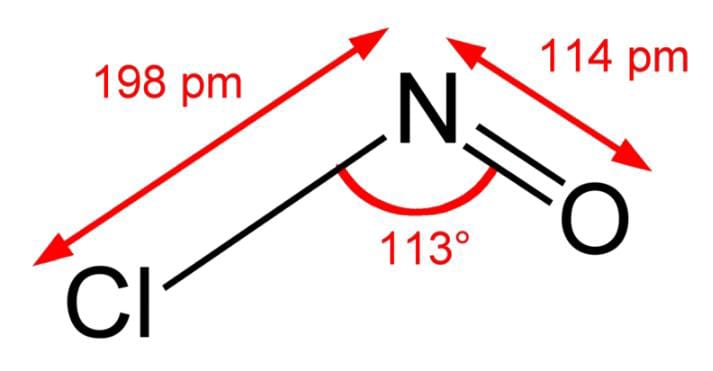
Image credit : Wikipedia
Important reactions
- NOCL can act as an electrophile (and also as an oxidant) in various reactions.
- By using NOCL along with sulphuric acid, nitrosulphuric acid can be obtained.
- The most important reaction of NOCL is that it has the potential of dissolving platinum.
Uses:
- Has got application in synthesizing various important organic compounds.
- Used for preparing caprolactum , when NOCL is added to alkenes it yields Alpha-Chloro oxime.
- When epoxides are reacted with NOCL the obtained product is derivative of Alpha – chloronitritoalkyl.
- Most important application (in industry) is preparing Nylon and a very important substance (reaction of NOCL with cyclohexane –photo chemical)
Precautions
When handling NOCL, one should be extra careful as this compound is found to be corrosive and if it comes in contact with skin or eyes can damage them severely.
HNO3
- Initially reported by Albert the great (and also Roman Lull).
- Its synonym is aqua fortis.
- Johann Rudolf Glauber (17th century) gave a process of obtaining HNO3 from distillation (of potassium nitrate and sulphuric acid).
Preparation
- By the reaction of Nitrogen dioxide and water.
- Commercial preparation is carried out by the process of Oswald (oxidation of anhydrous ammonia to nitric oxide) catalyst (platinum, rhodium gauze) is used along with high temperature (500k) and quite a high pressure (9 atm)
- Laboratory preparation is carried out by thermal decomposition process (of copper (ll) nitrate) which gives gases (nitrogen dioxide + oxygen). On passing these gases through water the required compound is obtained.
Properties
- It occurs as colorless or sometimes as yellow (or red) liquid.
- It is found to be miscible in water.
- It has melting point (-42 C) and boils at a temperature 83 C.
- If HNO3 has a concentration more than less 86% than it is called fuming nitric acid.
- HNO3 can undergo decomposition (thermal) and hence to avoid contamination with NO2 it has to be stored in glass bottles (brown in color).

Important Reactions
- HNO3 is quite a strong acid, upon reacting with a base gives sulphuric acid.
- HNO3 has the potential of oxidising metals (non-active metals like copper and silver).
- Has capability of reacting with materials (organic) which pose to be dangerous as it can explode.
Uses:
- A very crucial compound in preparing various kinds of fertilizers.
- Starting material for many explosives production (especially TNT).
PRECAUTIONS: (with respect to concentrated HNO3)
This particular acid is corrosive as well as very powerful oxidising agent, it can totally burn the skin layer. Hence one should be very careful while working with this acid.
Read more about : 15 Coordinate Covalent Bond Examples: Detailed Insight And Facts
Carbon Monoxide (CO)
This gas can be prepared by one of the following methods:
- By heating oxides of heavy metals, e.g., iron, zinc, etc., with carbon:

- By heating oxalic acid or an oxalate with concentrated sulphuric acid when a mixture of carbon dioxide and carbon monoxide is evolved.

In this reaction, concentrated sulphuric acid reacts as a dehydrating agent.
- By warming formic acid or sodium formate with sulphuric acid which acts as dehydrating agent.

- By the reduction of carbon dioxide by red hot carbon, zinc dust or iron filings.

Carbon dioxide is passed over any one of these reducing agents, heated to redness and the resulting gas is scrubbed with a concentrated solution of caustic soda to remove carbon dioxide.
- By heating potassium ferrocyanide with concentrated sulphuric acid.

In this reaction, dilute sulphurec acid must not be used as it gives hydrocyanide acid, HCN which is extremely poisonous.
Manufacture:
- A mixture of carbon monoxide and nitrogen (producer gas) is obtained by blowing air through a bed of red-hot coke. Carbon dioxide produced in the lower part is reduced to carbon monoxide.
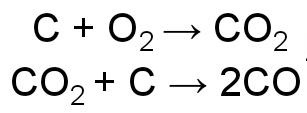
- A mixture of carbon dioxide and hydrogen (Water gas) is obtained by blowing steam over red hot cake.

Properties:

Physical :
- It is a colourless, tasteless gas with a faint odour.
- It is very sparingly soluble in water and is almost as heavy as air (vapour density = 14, that of air being 14.4)
- It condenses to a liquid (b p. 83 k) when cooled under pressure. It can also be converted into solid state (melting point 73 k).
- It is extremely poisonous in nature. A concentration of one in 800 volumes of air will produce death in 30 minutes.
It combines with Haemoglobin (red colouring matter) of the blood to give carboxyhaemoglobin, a cherry-red compound and thus renders it as a useless as an oxygen carrier. Being odourless, the gas is a treacherous poison.
When inhaled, it first produces giddiness, then unconsciousness and finally death. People sleeping in closed rooms with charcoal – fire burning inside have died in large numbers due to carbon monoxide poisoning.
A victim of carbon monoxide poisoning if unconscious should be brought in the open and given artificial respiration with carbogen- a mixture of oxygen and 1% carbon dioxide.
Chemical
- It is neutral towards litmus and is not decomposed by heat.
- Burning- It is non-supporter of combustion but burns in air with a blue flame to give carbon dioxide.

Uses of carbon monoxide:
- Carbon monoxide is used as fuel ( it is used in the form of water or producer gas ).
- Used in the metallurgy industry ( mostly of nickel)
- Production of various compounds ( methanol).
- Used for manufacture of items used in war and industry ( dye ) .
- Also used for reducing various compounds.
Tests :
- It burns with a blue flame.
- It reduces iodine pentoxide to iodine which dissolves in carbon disulphide, chloroform or carbon tetrachloride to give a violet coloured solution.

Phosphorus Pentoxide
Preparation:
Phosphorus Pentoxide is prepared by burning phosphorus in an excess of dried air or oxygen. White clouds of the oxide are condensed to snowy powder. It is purified by heating (675-975 k) in a rapid stream of air when phosphorus pentoxide vaporizes and the vapours are condensed.
Properties :
- It is odourless when pure. The garlic odour of a common sample is due to the presence of P4O6.
- Its vapour density corresponds to the molecular formula P4O10 for the vapour but molecular mass of the solid is not known.
- It has a great affinity for water. It dissolves in cold water with a hissing sound and metaphosphoric acid is formed.

- With hot water, it gives ortho-phosphoric acid, H3PO4. It is therefore, termed phosphoric anhydride.

- It is strong dehydrating agent and removes a molecule of water from a large number of inorganic and organic compounds. For example, sulphuric acid and nitric acid are converted into their corresponding anhydrides, acetamide is converted into acetonitrile, and wood, paper, etc., are charred.
- On heating with carbon, it is reduced to red phosphorus.
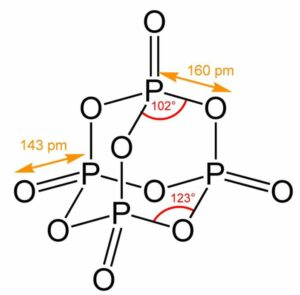
Uses :
It is used as a valuable drying and dehydrating agent.
Read more about : 5+ Double Bond Examples: Detailed Insights And Facts
Structure :
Taking into account the structure ( of P4O10 ) the atom of P is found to be connected with oxygen atoms ( 3 oxygen atoms ).And also has an extraa coordinate bond ( with oxygen atom ).Terminal coordinate P-O bond (143 pm) is much shorter than P-O bond (162 pm).
Heavy water
- D2O was discovered by renowned scientist of America Urey sir. The molecule of heavy water contains two heavy hydrogen atoms combined with one oxygen atom and is represented by the formula D2O.
- In 1933 ( scientists namely Lewis and Donald) were successful in preparing heavy water ( by following the process of electrolysis) and the water used had alkali in it .
Preparation:
By electrolysis method ( water should contain alkali ) . It was devised in 1933 ( by Taylor , Erin, Frost ). It is quite a long process having seven steps(or stages ).And electrodes used should be specifically( that of N/2- NaOH and Nickel ( strip ) .
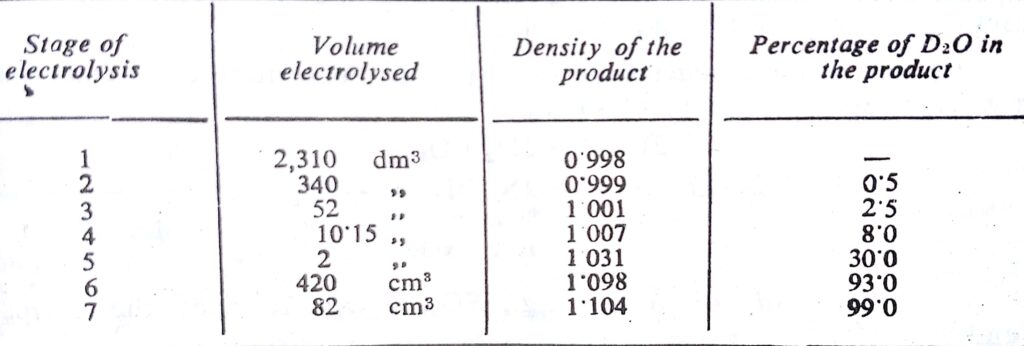
Physical Properties :
- Heavy water (D2O) is colourless, odourless, and tasteless mobile liquid.
- Almost all the physical constants, e.g, m.p, b.p, specific gravity, viscosity, specific heat, dielectric constant, etc., are higher than the corresponding values for ordinary water as shown in the table below:
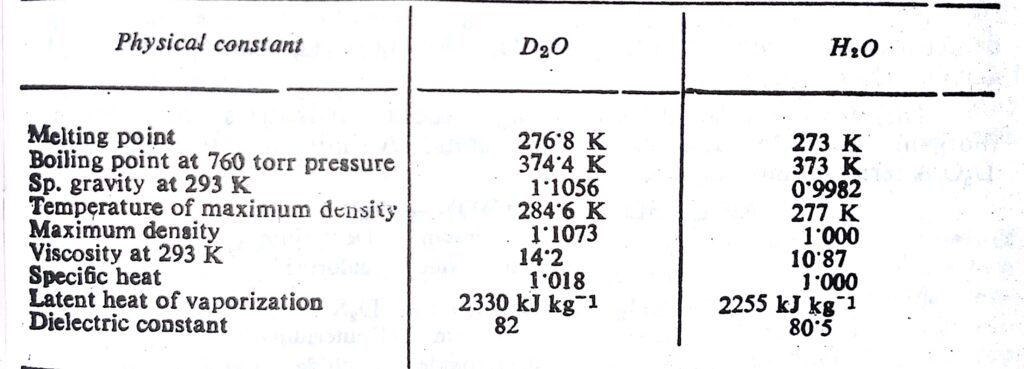
The surface tension of D2O is lower (-67.8) as against 72.75 of ordinary water. The refractive index is also lower (1.3284) than that of H2O (1.333 at 293 K). It is supposed to be injurious to living organisms.
Plants like that of tobacco cannot grow in D2O. We can say ( solubility of various substance) are different in normal water and that in heavy water. )
Chemical Properties :
- There is only little difference ( w.r.t the chemical nature-between the normal water and the heavy water ).Some important reactions are given below:
- With metal oxides (e.g., Na2O, CaO) it gives deuteroxides.

- With nitrides it liberates heavy ammonia (trideuteroammonia).

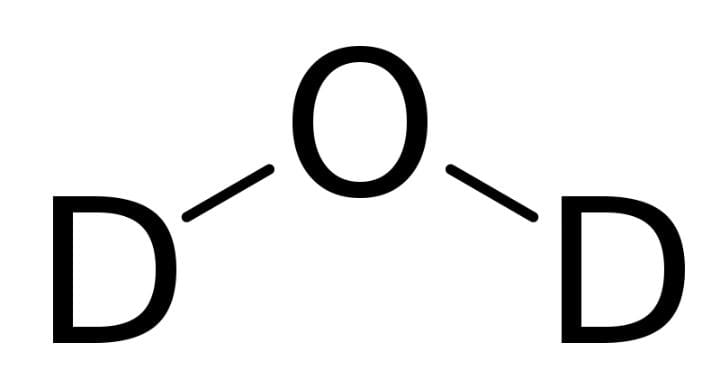
Uses :
- It is commonly used for studying various reactions ( in organisms) it acts as a tracer in the process.
- It has been employed in the uranium pile of nuclear reactions in place of graphite.
- For the preparation of deuterium.
Heavy water is being manufactured at the fertilizer Factory, Nangal (Punjab), and supplied to the Atomic Energy Commission. Additional units for its manufacture are being set up at Rourkela, Trombay, Namrup, Neyveli and Naharkatiya.
Read more about : Triple Bond Examples: Detailed Insights And Facts
FAQ’s :
Why heavy water can pose threat to living organisms ?
Ans Is has been observed that plant growth is retarded if grown in heavy water also if sea animals ( some ) when placed in it can die .
Which of the above gas can combine with Haemoglobin and cause threat to human beings ?
Ans Carbon monoxide can be very dangerous to living beings health .
Also Read:
